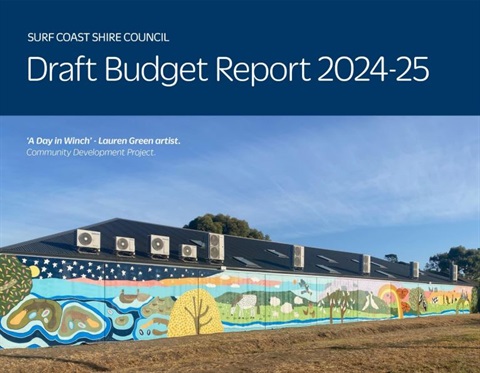Heritage Bank (Midsize) and Commonwealth Bank of Australia (Big 4) Rank Highest in Retail Banking Satisfaction in Australia
SYDNEY: 1 Sept. 2020 —Retail banking customer satisfaction in Australia is being challenged by a shift to digital interactions at a critical time when customers with poor financial health need more support from banks. According to the J.D. Power 2020 Australia Retail Banking Satisfaction Study,SMreleased today, customer satisfaction is highest for midsize banks, averaging 785 (on a 1,000-point scale) compared with 768 for the Big 4 banks and 775 for the industry.
Many customers are facing increased financial hardship with 25% saying the effect of COVID-19 has been devastating or severely hurtful. Concerningly, 39% feel that that the worst is yet to come and more than half feel that their financial situation will be worse for at least six more months.[1]
As the pandemic prolongs, the financial health of bank customers is increasingly at risk. Nearly half (46%) of Australian banking customers are not satisfied with their personal financial condition, and these customers are significantly less satisfied with their bank compared with customers who feel more positive about their finances (739 vs. 806, respectively). These customers have struggled in the past 12 months with managing their financial lives in a variety of ways, with 90% saying they always spend more than their income; only 57% saying they always pay bills on time; and only 12% saying they always save for retirement. Despite financial struggles, only 20% of customers not satisfied with their personal financial condition say their bank supports their overall financial health.
“Banks must narrow the gap in support between customers with good and bad financial health,” said Bronwyn Gill, head of banking and payments Intelligence at J.D. Power. “Helping struggling customers make better financial decisions and manage their spending has many positive outcomes, including higher satisfaction, lower attrition, increased reuse and improved advocacy. It is imperative that banks understand how to provide better support remotely with no current end in sight to social restrictions.”
The study shows that the pandemic is affecting how customers manage their banking, and the effect on channel usage is evident. Across all age cohorts, online and mobile banking usage is now higher than usage of branches and live phone. The implication for banks is that providing highly functional digital banking is key to maintaining satisfaction and preventing attrition.
Following are key findings of the 2020 study:
Younger customers present attrition risk: The greatest threat to attrition for Australian banks is Gen Z,[2] in which 22% intend to switch banks during the next year—more than four times the switching intent of Pre-Boomers/Boomers (5%). The top three reasons that drive banking customers across all ages to consider switching are: interest rates not competitive (40%); charged too many fees (23%); and poor service experience (19%).
Tailored and consistent communication an opportunity: Gen Z customers are the least likely to feel that communications are consistent and tailored to their needs. Improved communication will help raise the understanding of this age group, which is least likely to understand account features, least likely to feel that fees are transparent and least likely to understand their mobile banking product.
Problem resolution satisfaction lower with move from in-person to digital: As customers avoid in-person interactions, problem resolution at the branch has declined considerably, down to 24% of all problems resolved from 36% in 2019. Coincidentally, only 31% of customers say their problem resolution experience was outstanding, down 7 percentage points from 2019. Younger customers are embracing digital for problem resolution, with 47% of Gen Y customers resolving their most recent problem through a digital channel, compared with only 23% of Pre-Boomer/Boomers.
Mobile wallets and payment apps gaining popularity: Mobile wallets and payment apps are used by 43% of customers, with 22% using these because they are a faster way to pay. The most frequently used mobile wallet/payment app is Apple Pay, used by 26% of bank customers, followed by Afterpay (17%) and CommBank Tap & Pay (13%). Gen Z customers are most likely to utilise digital wallets/payment apps, with 72% using such an app.
Study Rankings
Heritage Bank ranks highest among midsize banks in retail banking satisfaction with a score of 872. Commonwealth Bank ranks highest among the Big 4 banks with a score of 776.
The Australia Retail Banking Satisfaction Study measures customer satisfaction with the products and services provided by their primary financial institution. The study measures overall satisfaction in six key factors (in order of importance): channel activities; convenience; product and fees; communication and advice; account opening; and problem resolution.
The 2020 Australia Retail Banking Satisfaction Study is based on responses from 5,584 bank customers. Now in its fifth year, the study includes 23 major retail banks in the market, 18 of which are rank eligible, and scores are based on customers’ experiences with their primary bank. The study was fielded between May and June 2020. In addition to Australia, J.D. Power also conducts retail banking studies across key financial markets that include United States, Canada and China.







